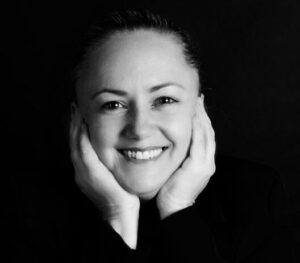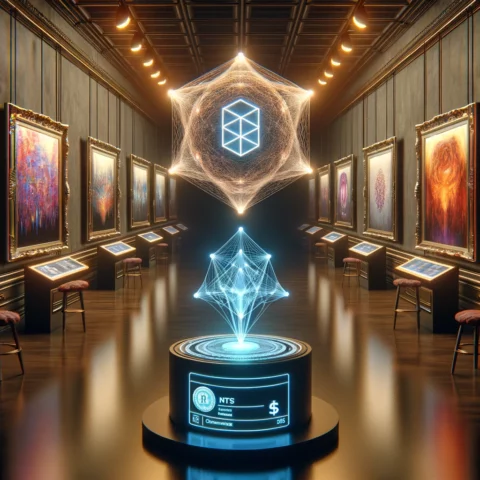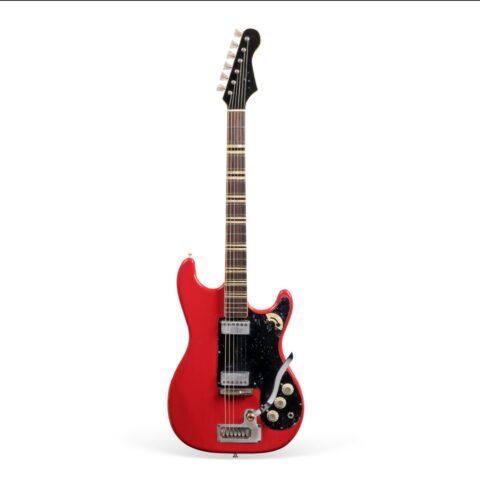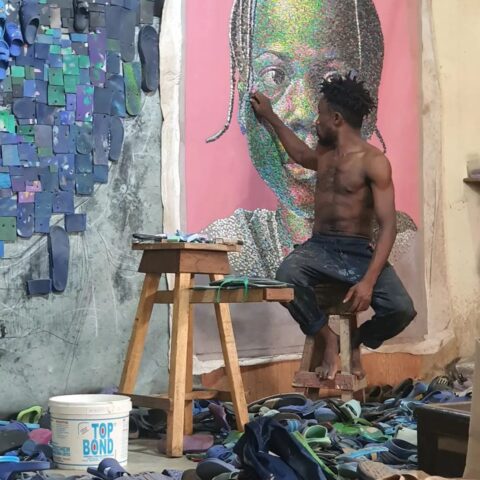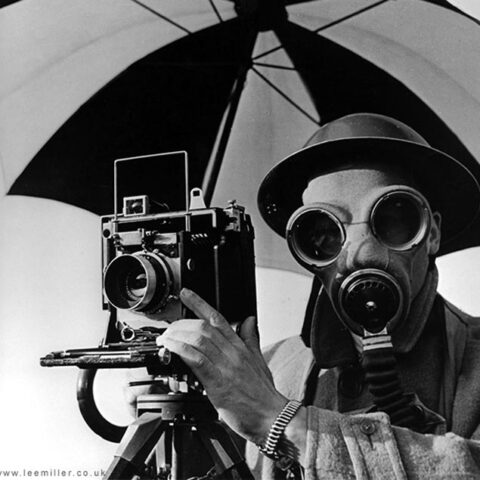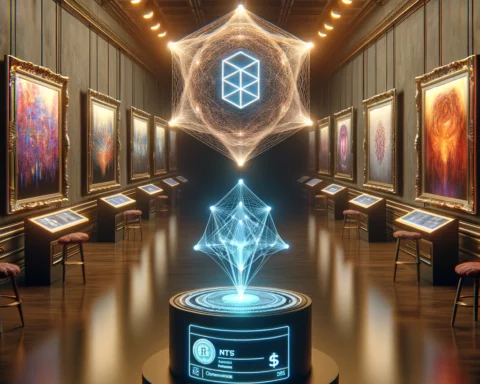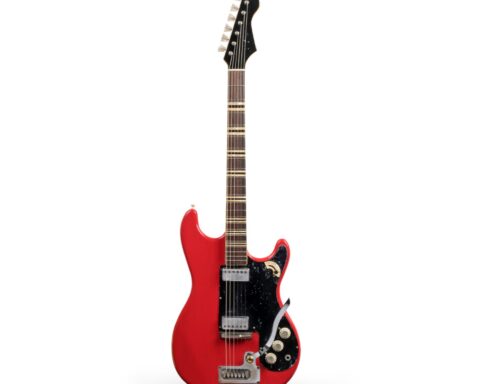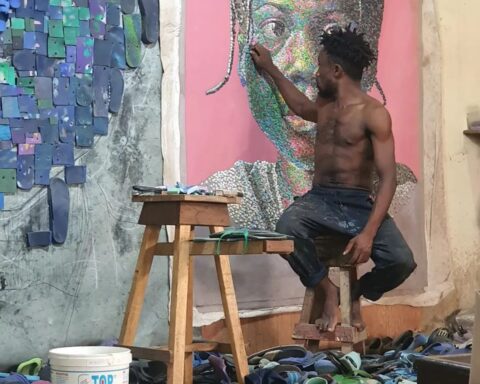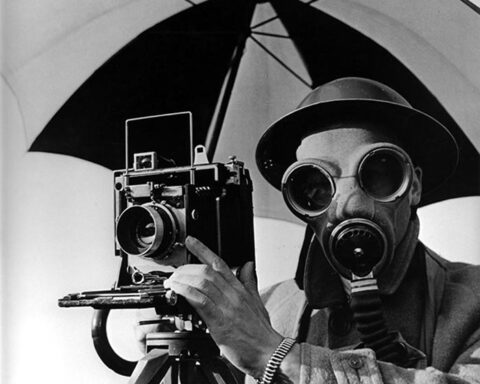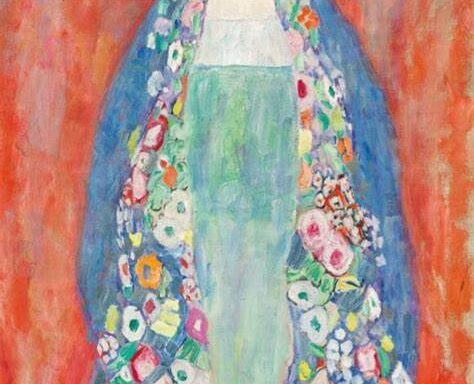Welcome to this special interview with Michela Barausse, a prominent figure in the art world who embodies passion, expertise, and innovation. As the founder of OperaOttava Art & Luxury, Michela has built an extraordinary career through consultancy, curation, and the promotion of talented artists on both national and international levels. Today, she will give us a glimpse into her journey and share her unique perspective on art and its impact in the contemporary world.”

When did you discover your passion for art?
M: I discovered the passion for art at the age of 14, I was still very young when my neighbor Claudia Bordin, at the time one of the most famous curators of the time, welcomed me under her protective wing and introduced me to this fantastic world. Of course for a little girl of that age being catapulted into a world of beauty and fantasy is really the best and so I let myself be led by great masters, crazy artists and eccentric collectors in what later became my job. I must say that I am a person who was very lucky as my path was really abnormal and flattened but equally difficult given the expectations that everyone had about me.
Many people have inherited paintings or works of art but do not know how to attribute paternity or value to it in the slightest. How could you help them?
M:- Yes, I often get contacted by people who inherit works of art of which they have no idea what they have in their hands or by people who know they have important works but do not know how to enhance them. This is certainly one of the jobs I do, through my experience and my team of professionals I can provide all the support and help not only to understand the extent of the object but also all the help to be able to sell it or get the most out of it economically.
Are there any bureaucratic obstacles that slow down the sale and circulation of works of art around the world?
M: – Of course there are rules that regulate the sale and circulation of works of art especially in Italy. It is always good to understand first of all where the work of art is located, if it is notified or if it has free movement. In the event that a person does not know, it is my job during the appropriate due diligence to verify everything.

If I were to give advice to a newcomer, what precautions should he take before making a purchase?
M: – The best advice I can give to a newcomer is to get advice from professionals like me, there is certainly no equal recipe for everyone, you have to understand the customer’s needs to be able to cope with an appropriate development of the real need of the customer.
Why invest in art?
M: – This question is very simple, the reason is because it is the segment with the highest profit, safe and timeless. It’s all about what to buy, when and of course I go back to repeating, if you have a good consultant, rely on his advice.
Which artists have had an exponential listing in recent years?
M: – Surely we can say that in the top places there is Basquiat, Nara, Banksy, Brown, Koons Haring, Wool, Hirst, Kondo, Grotjahn just to name the top ten but of course there are the timeless like Picasso and Warhol.
In your opinion, how many counterfeit works of art are in circulation? A – Unfortunately this is a very sore button, not only counterfeit as you say but also stolen. The art world is really fascinating as it is dangerous, it always needs figures really prepared to cope with every legal aspect and not to guarantee the customer maximum security and tranquility in the investment.
Do you think that the work commissioned by UNESCO to architect Francis Kéré can make a valuable contribution to the fight against the illicit trafficking of works of art?
M: Certainly a contribution at the media level, if you want to change things you have to start talking about it, so I think it will certainly be a means of disseminating and conveying intentions and information.
How has technology affected and could it positively affect to avoid this problem?
M: – As I mentioned before I believe that it is not the solution but a means, art has always been a precursor and popularizer since ancient times, so we leave forward-looking ideas to be a vehicle for important future changes.
Could the NftS, beyond the speculative bubbles that characterized its birth, really become a new artistic current or exclusively a certificate of authenticity in blockchain?
M: – I really like this topic, I am absolutely in favor of both certificates of authenticity (I would do some to all owners of ancient and non-ancient works of art) but also to the disclosure of digital works or specific NFTs. Technology must go ahead and not replace but flank the art we have always known.
I have an important work of art but I do not have any document attesting to its ownership or authenticity. What are the steps I need to take to be able to sell it?
M: – The first step always remains the consultant, he will be the one to make the client take all the right steps according to the type of work.
What determines the value of a work? Why can the quotes of the same artist vary a lot? (Previous owners, expertise, authenticity…)
M:- Thank you for this nice question, absolutely true that the value of a work can vary not only from the artist who painted it but also from the year in which it was produced and from the technique. Not all of Picasso’s works are equally important. Together with a trusted and capable consultant, you may be able to establish exactly a value congruent with the market at a given time, to understand if it is the right time to buy or sell, to understand whether or not a work can be an investment.
Are there speculative bubbles in the art market?
M: – Speculative bubbles are situations that are created by man, so even art is not immune but the task of all those who live on art is to preserve the market. Ethical people, professional advisors are key to ensuring that the market remains monitored and stable.
What are the artistic trends that are emerging in the world of contemporary art?
M: – Among the latest artistic trends we can certainly include the introduction of AI, artificial intelligence in fact is already entering with a straight leg in many prestigious museums such as the MOMA for example, which sees in the entrance a very large installation of 24 x 24 meters capable of even modifying itself according to the weather, the number of people present, the moods and noises of the visitors.
Which artists will we hear a lot about in the near future and which ones would be worth investing in?
M – There are really many artists that you can focus on for an investment between now and the next 5 years, it depends on tastes and portfolios.
Art has also lived through the time of the small great revolutions. In 1841 the American painter John Goffe Rand invented the oil color in a metal tube, without which, perhaps, that unforgettable season called “en plein air” would not have existed. There have been other revolutionary discoveries throughout the history of art.
M: – Absolutely yes, every era has seen a revolutionary change, these moments of transit, just think from the Middle Ages to the Renaissance, we are faced with a totalitarian change in both taste and colors, just think about the introduction of perspective and much more. We have many artists famous for that change that then marked a whole era or who invented a color of their own. There are really so many that I can’t list some so as not to leave others out.

